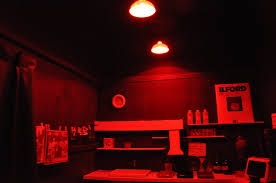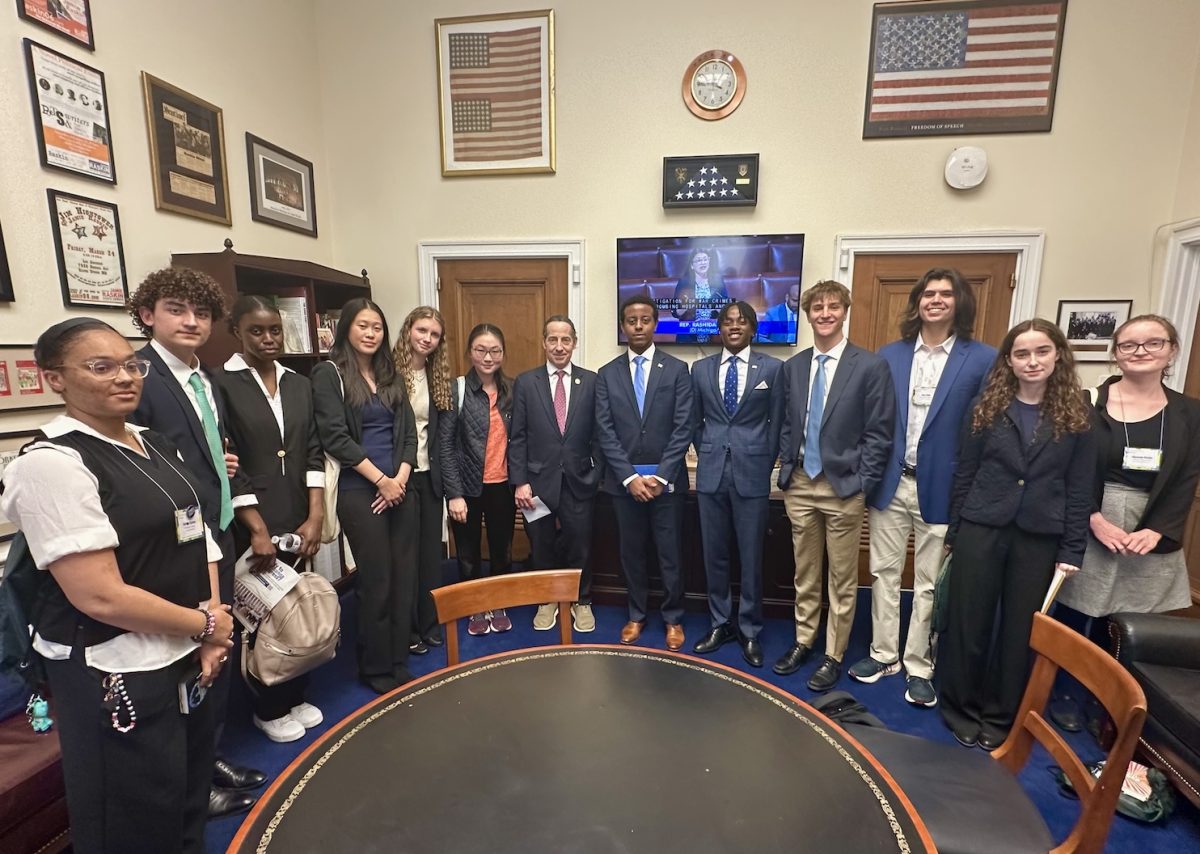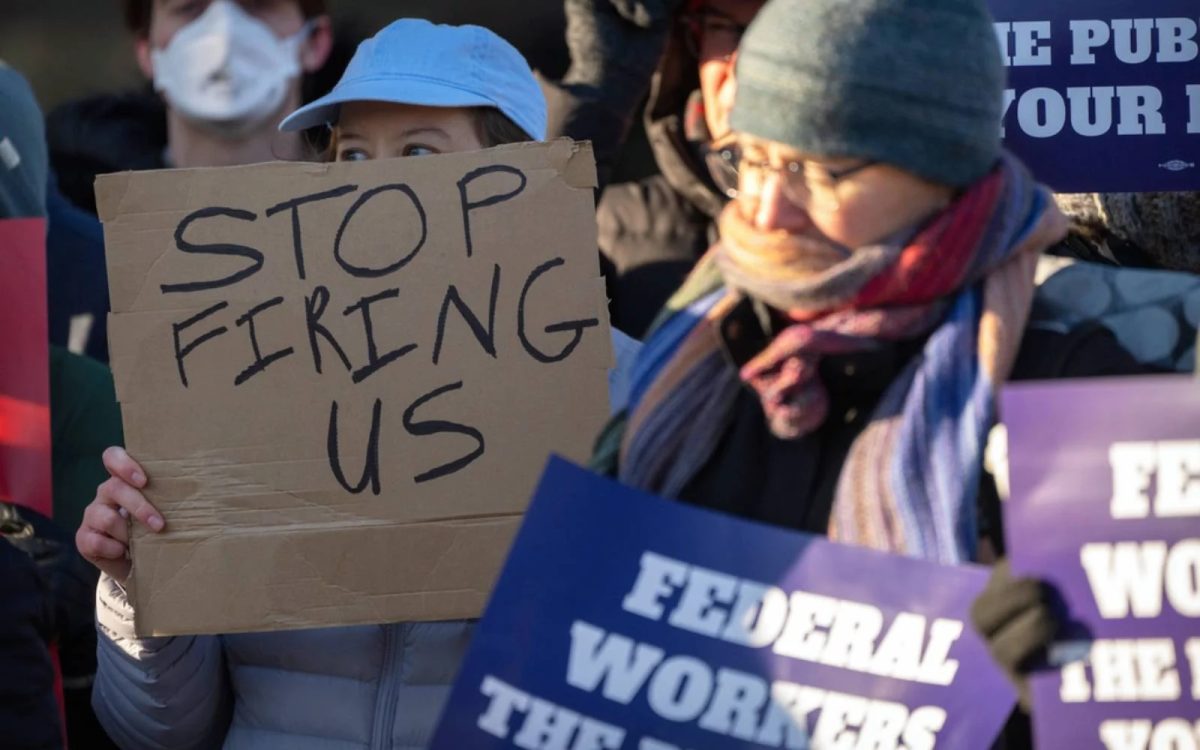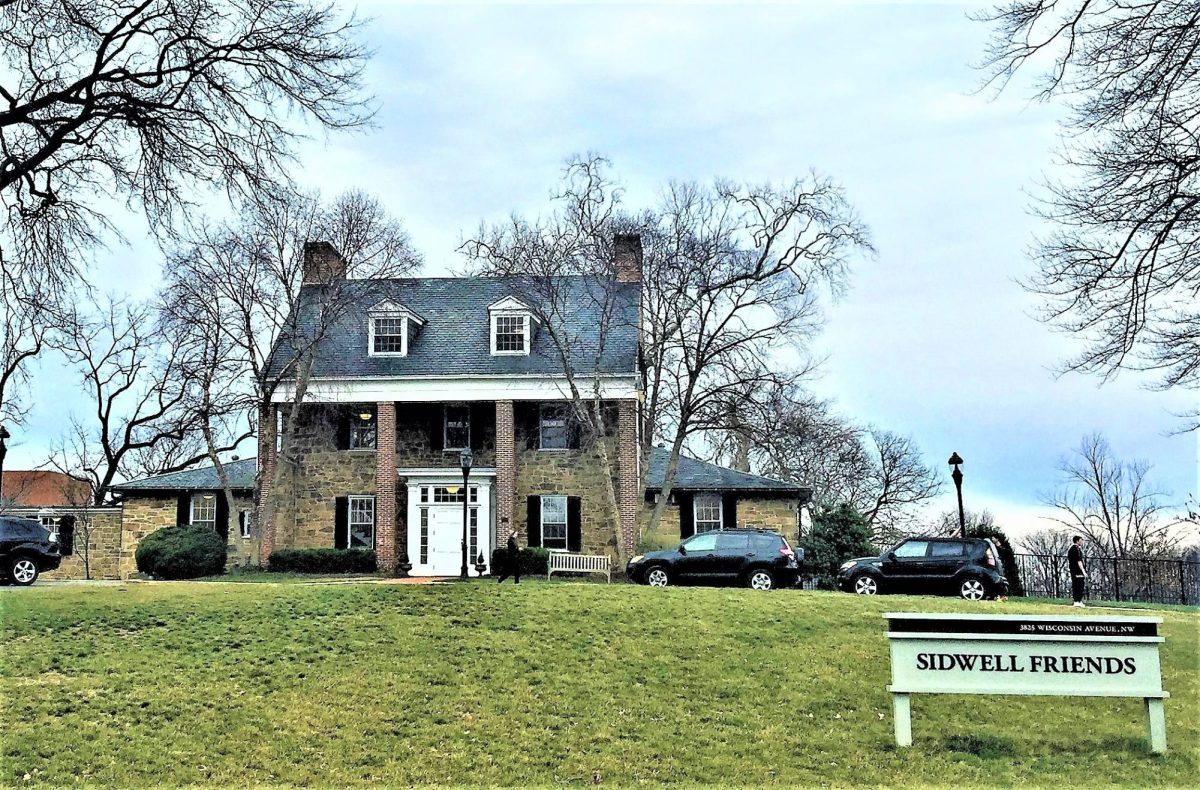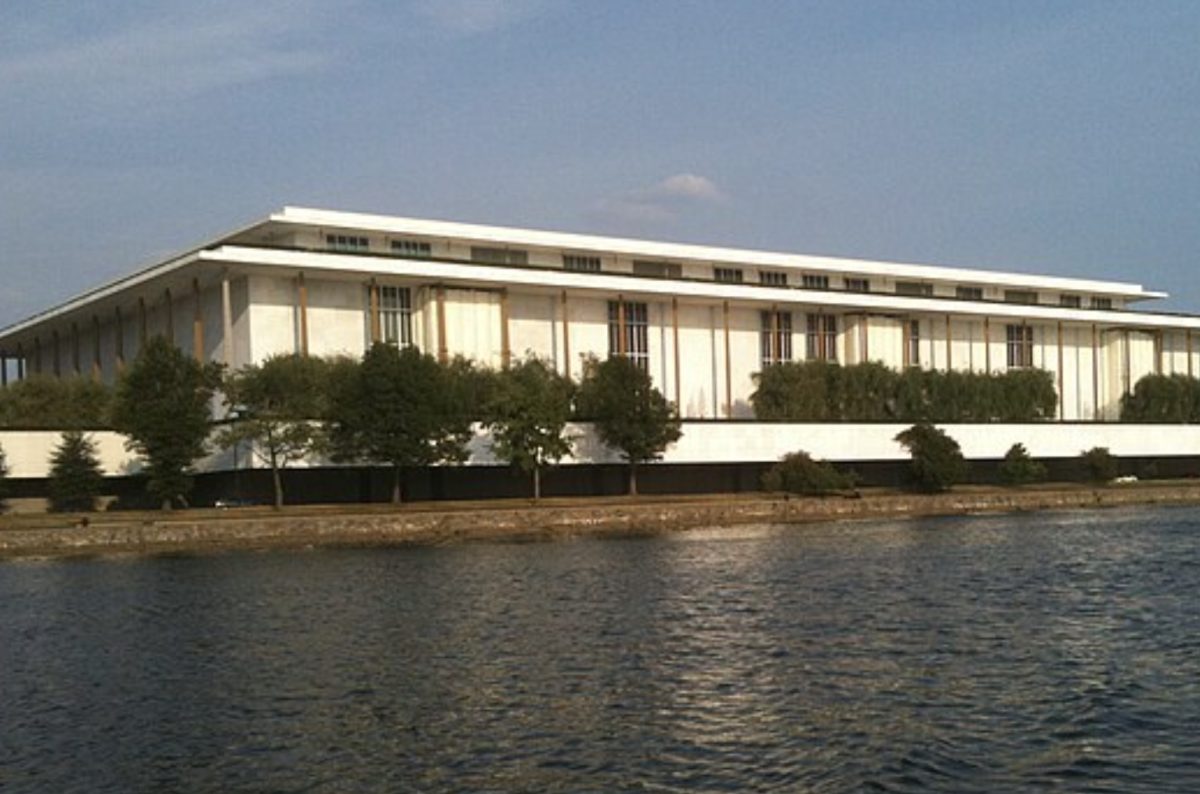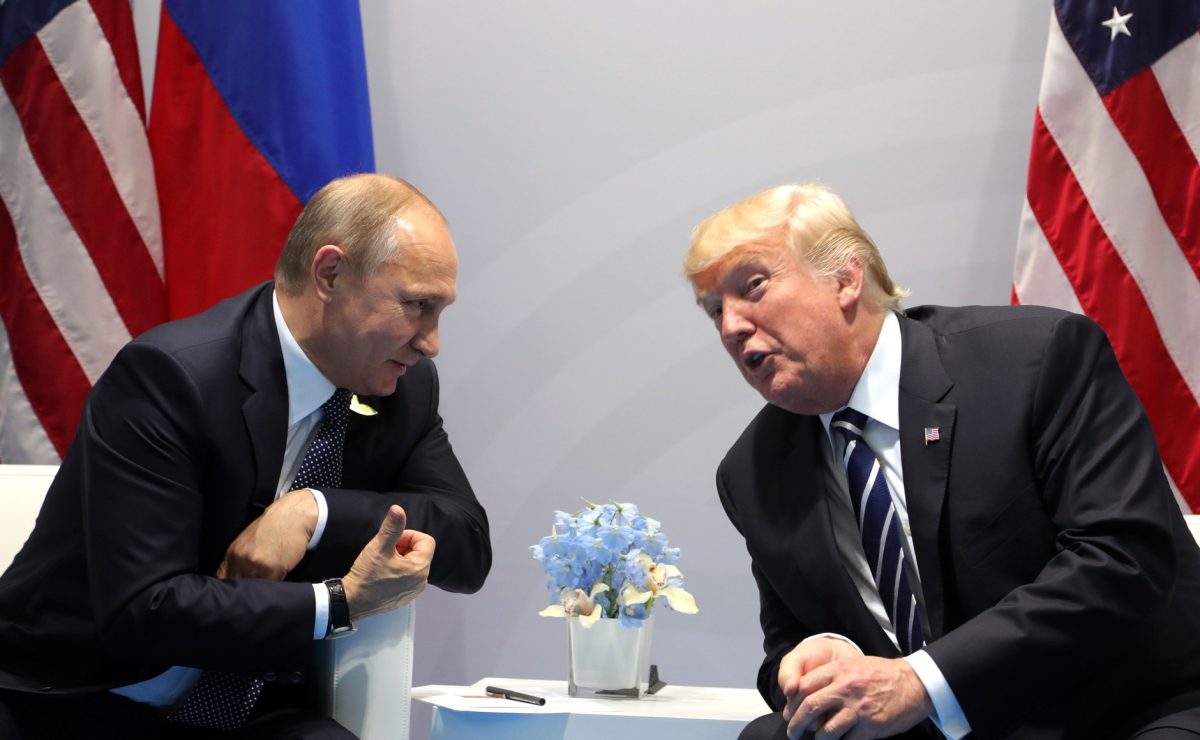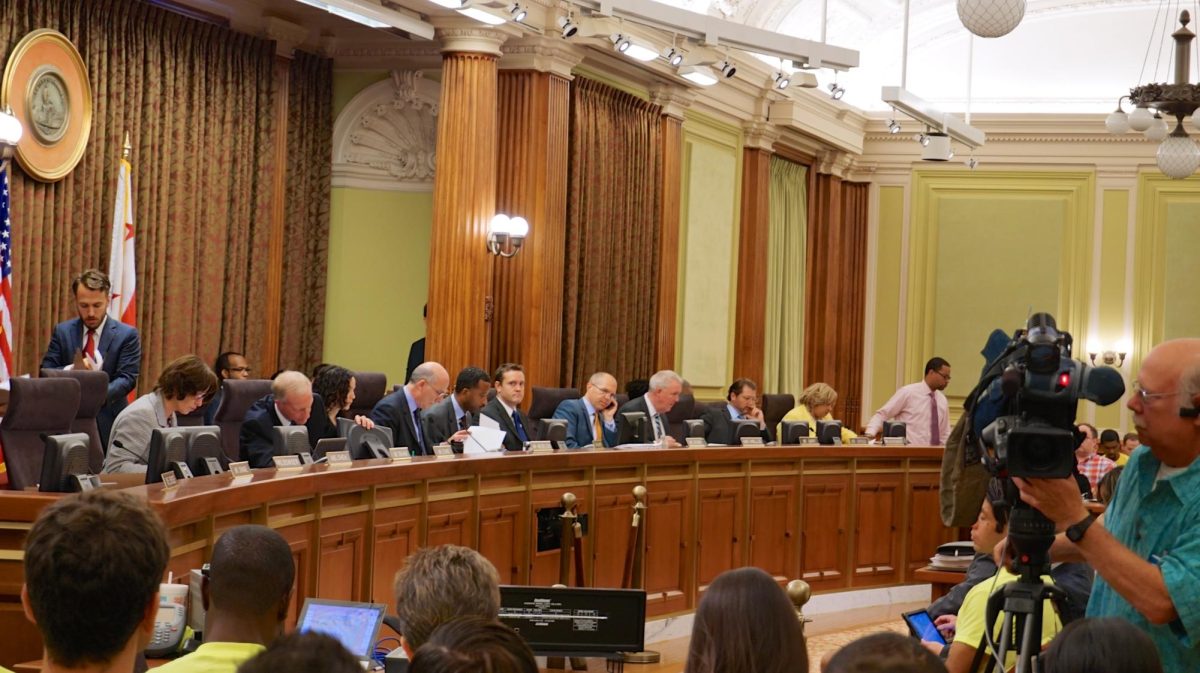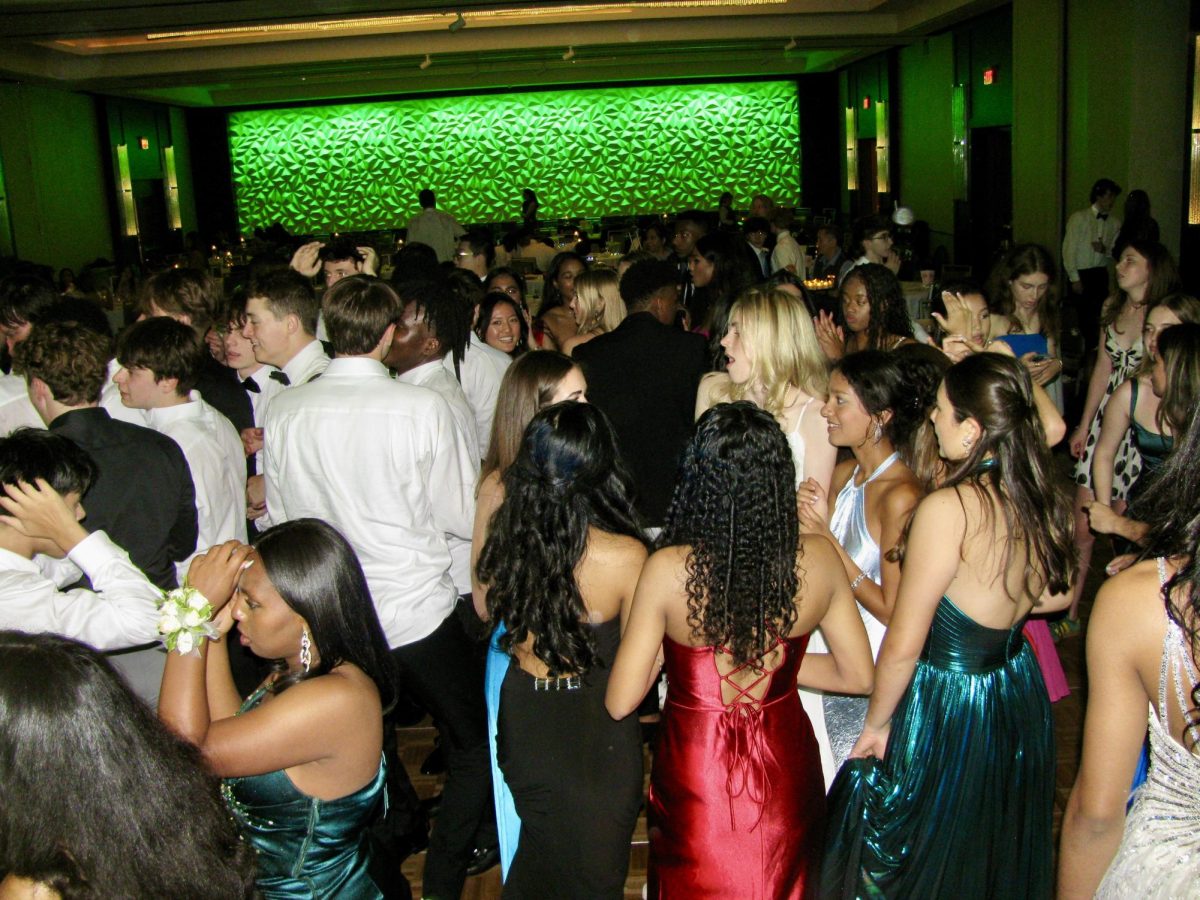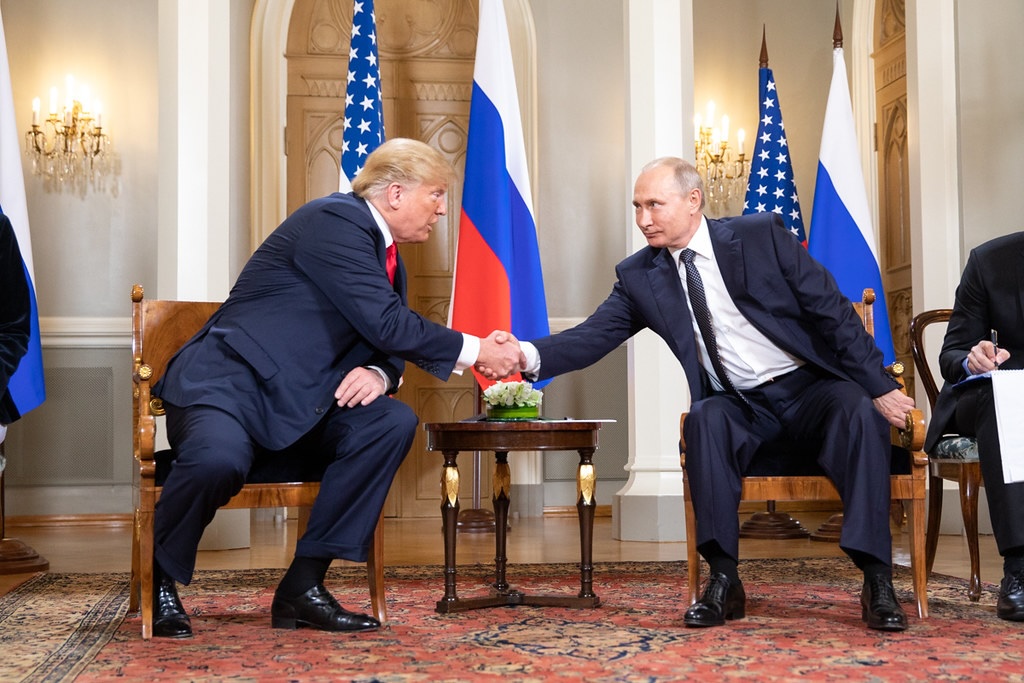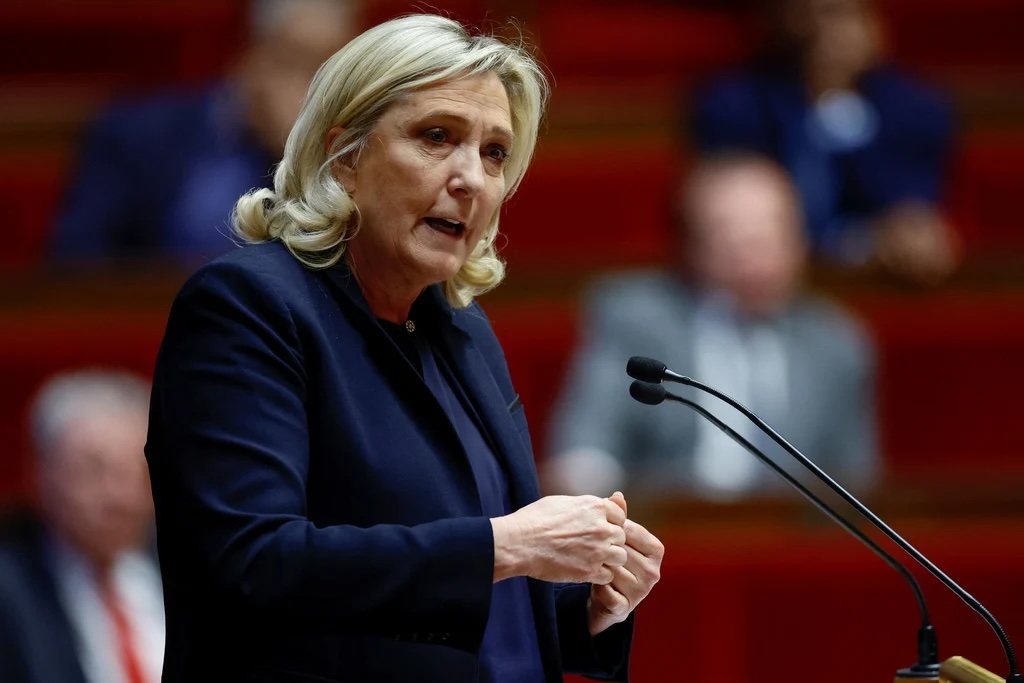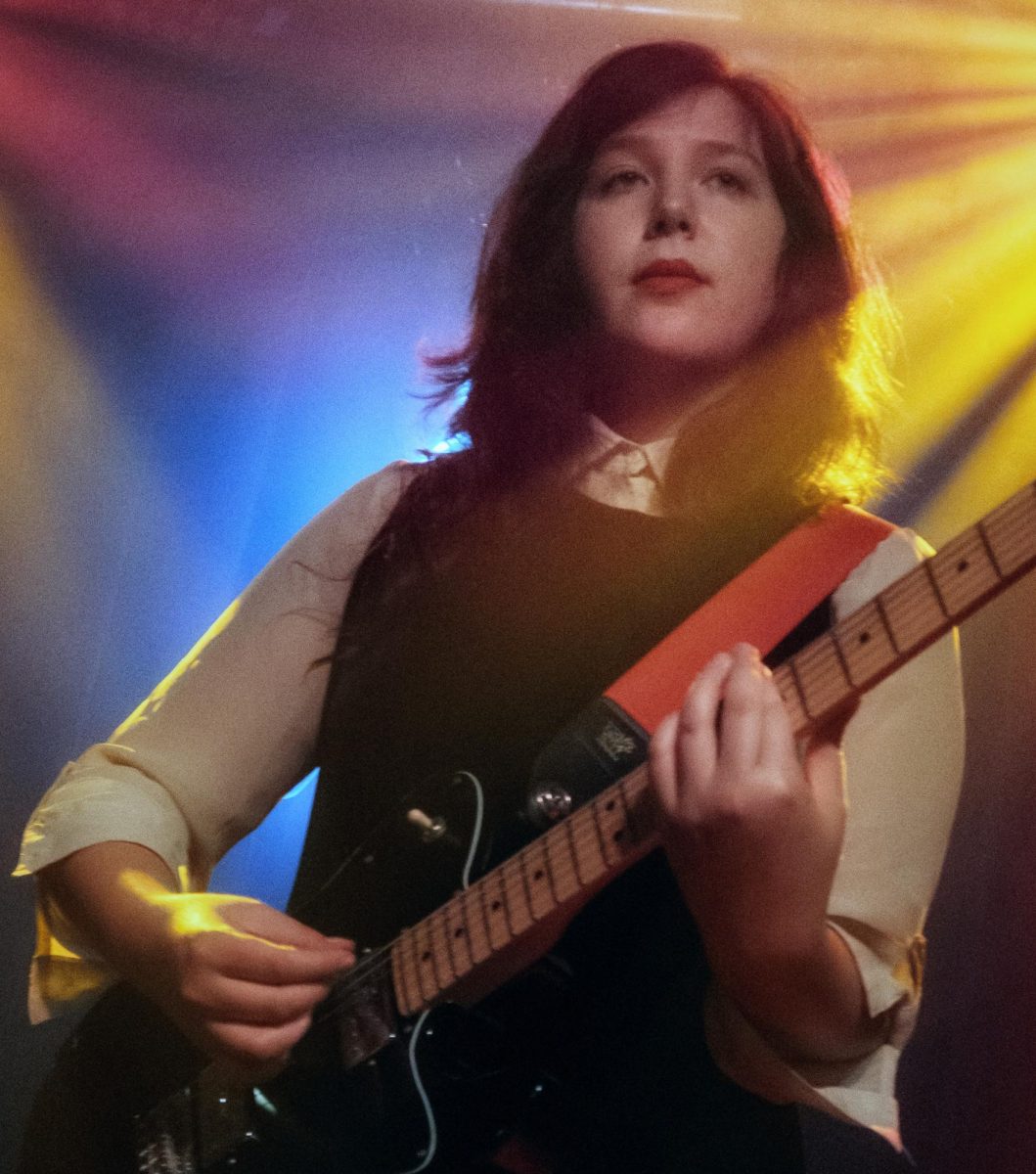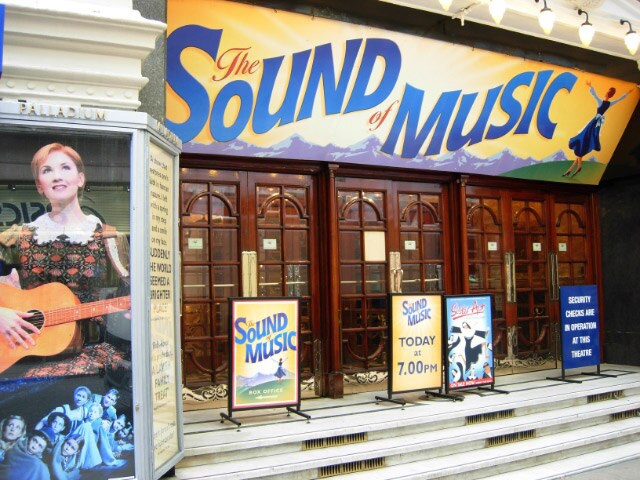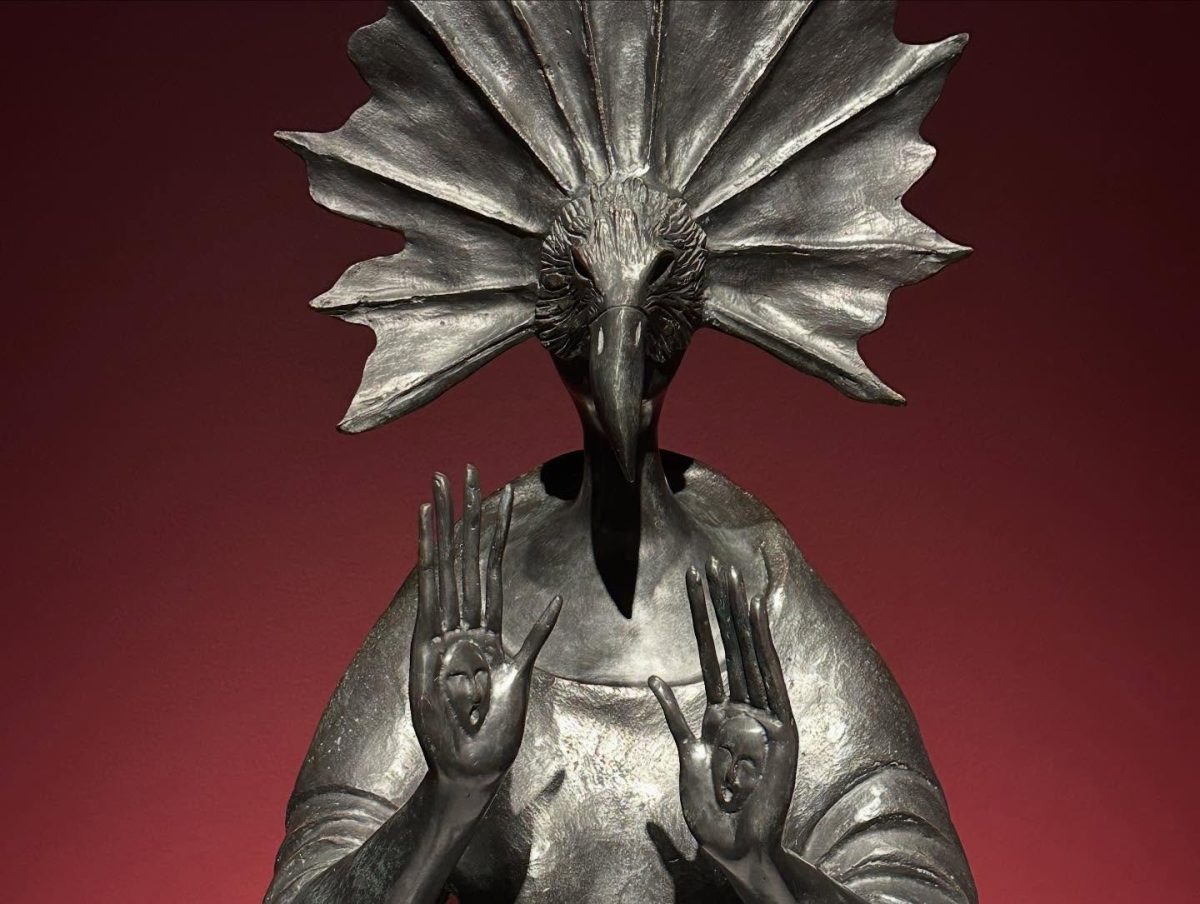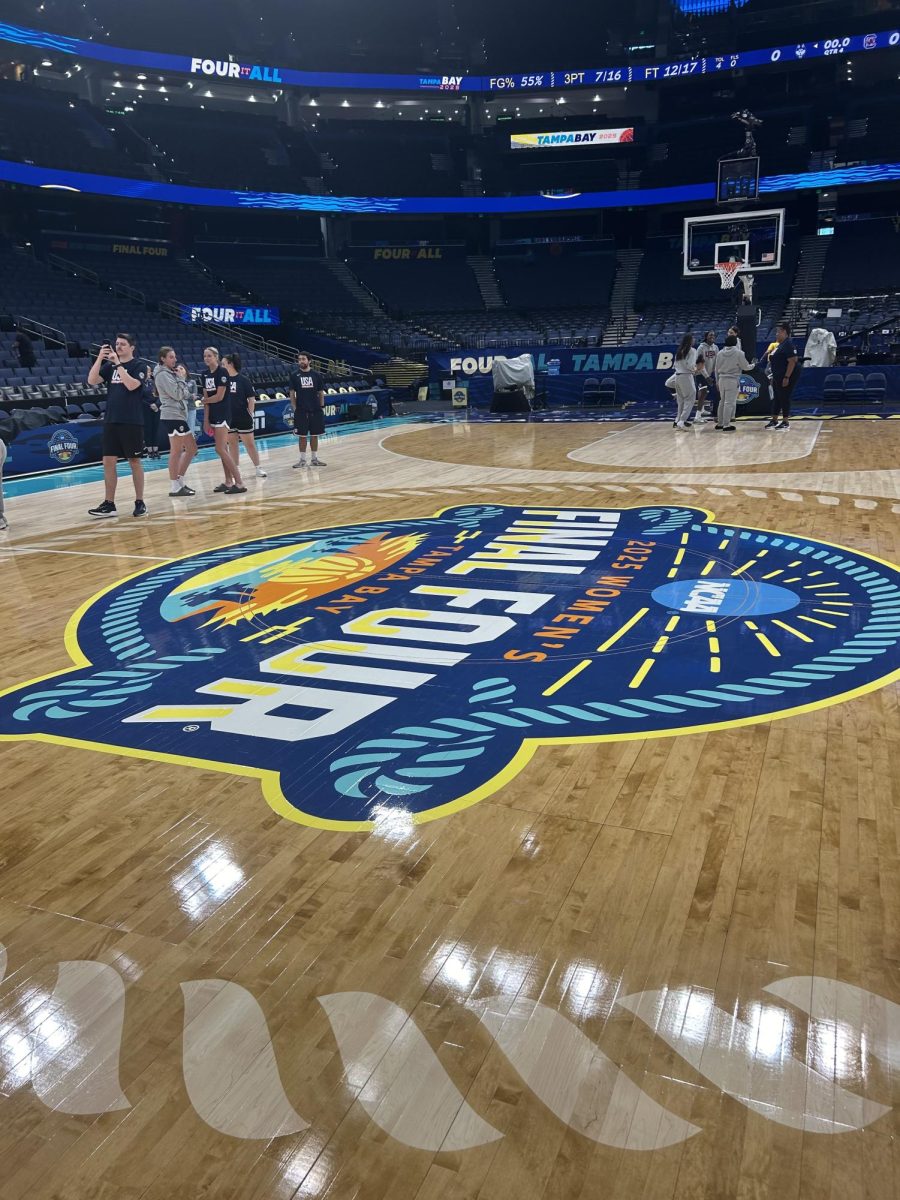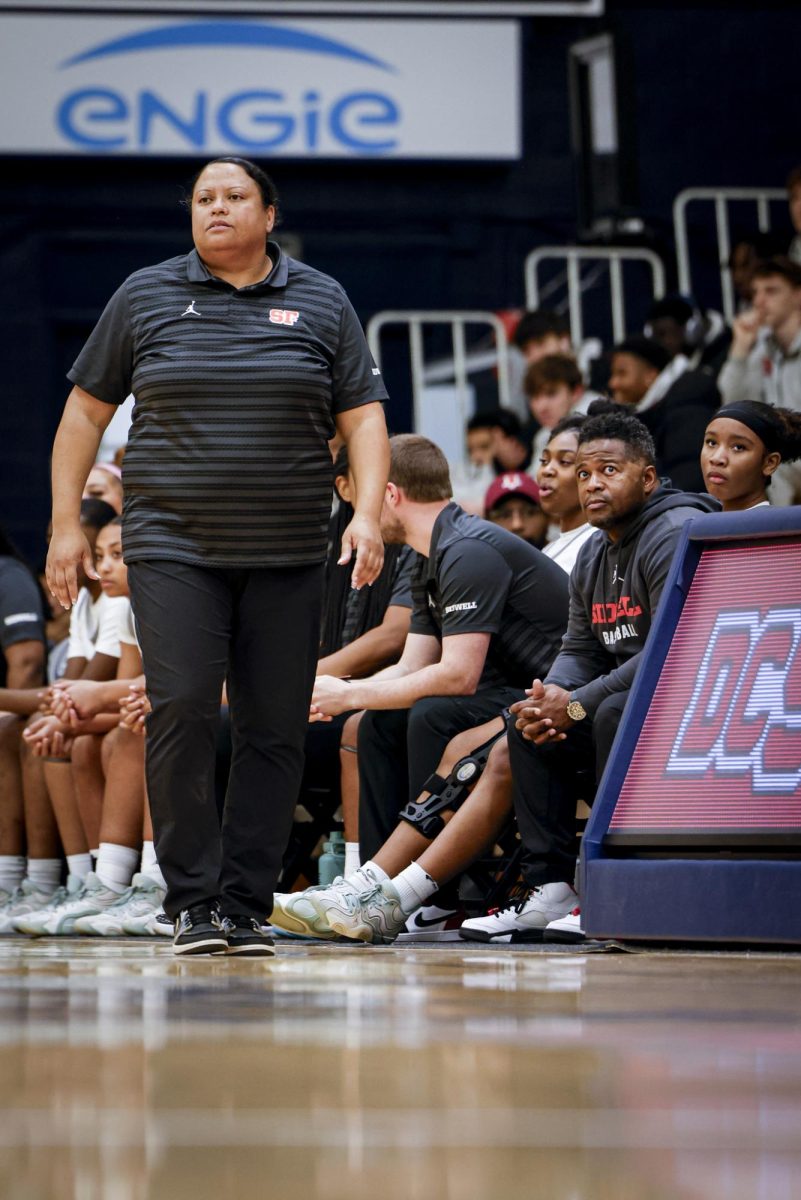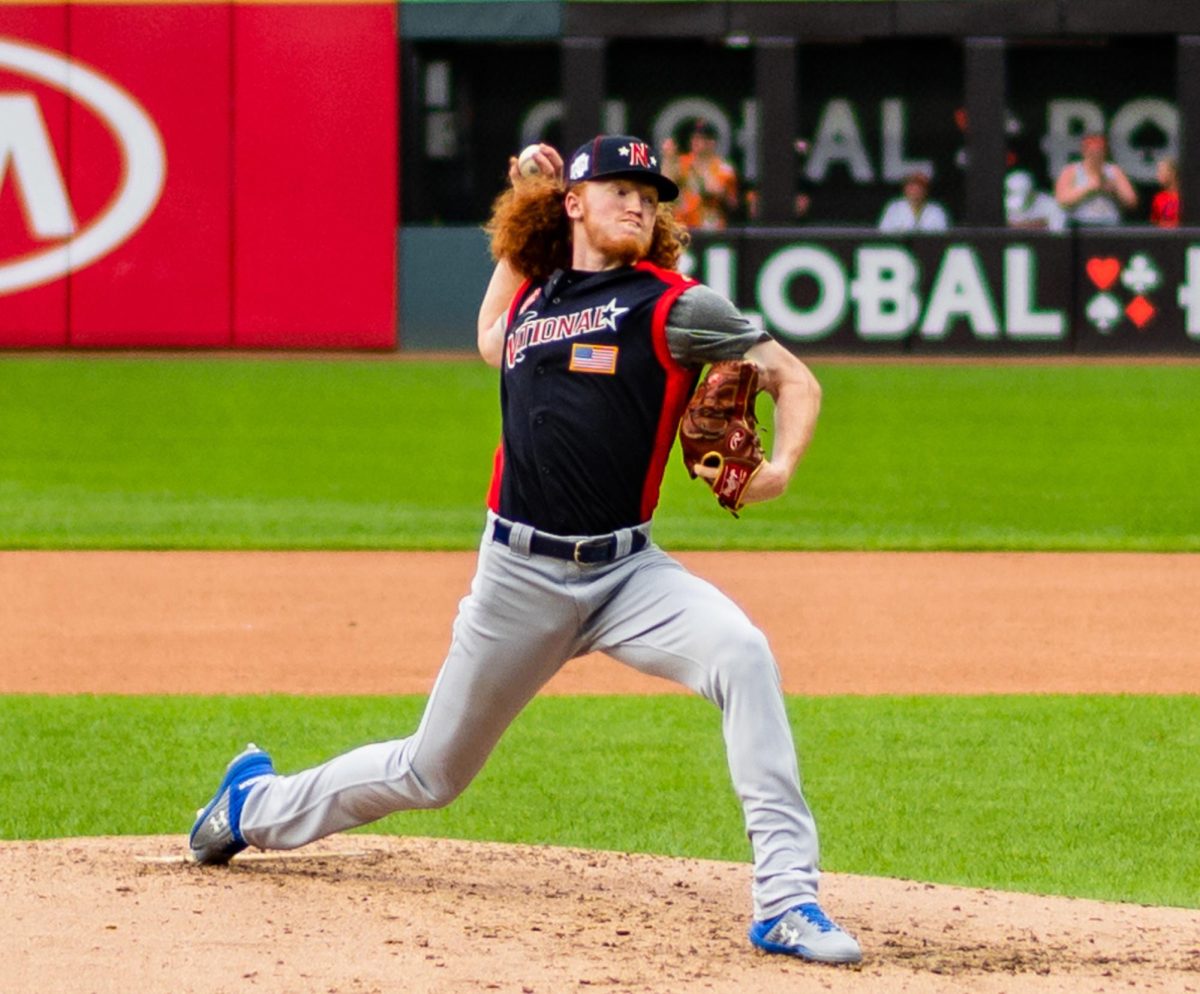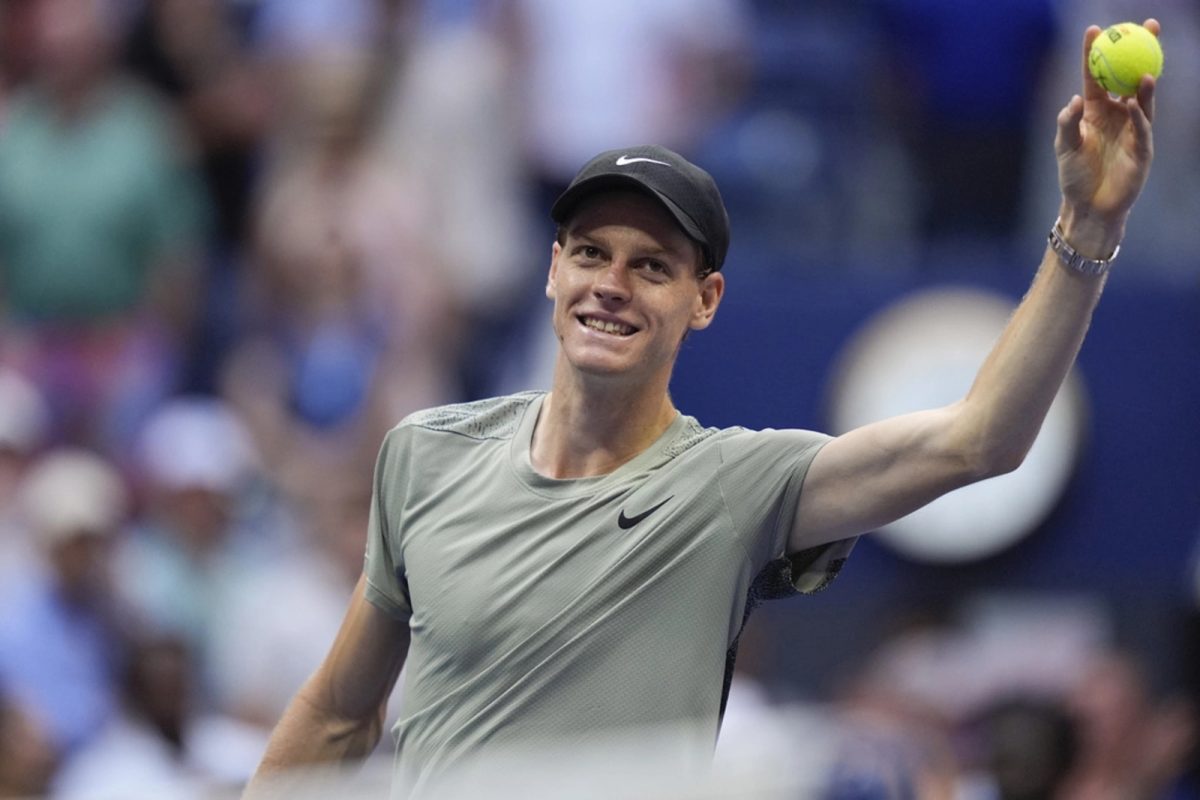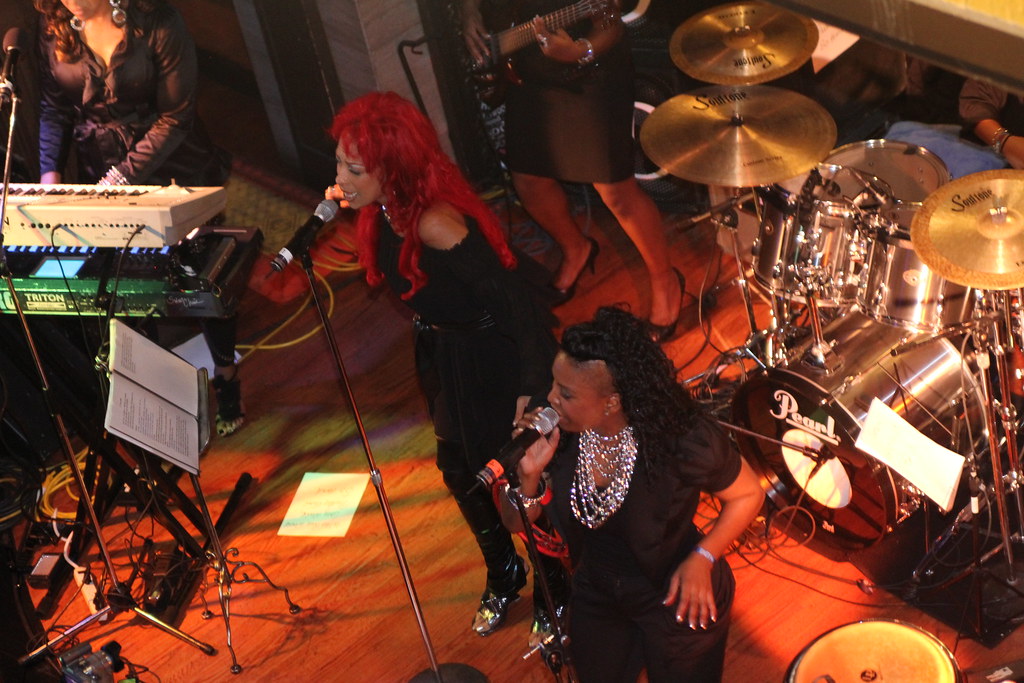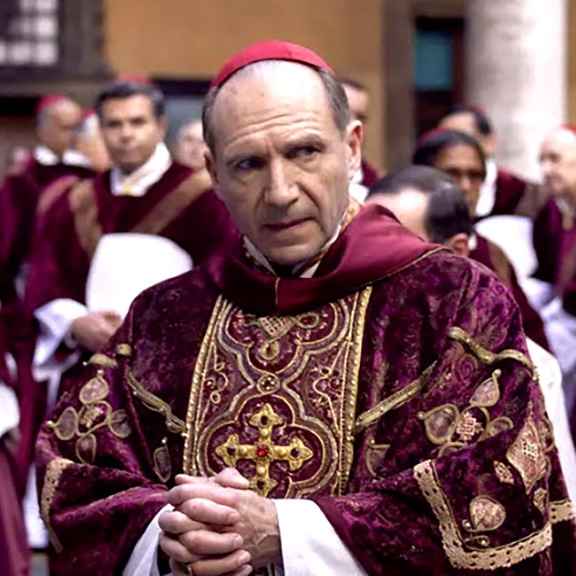
Based on the Robert Harris novel of the same time, “Conclave” is a politically relevant film about the selection of a new pope. It follows Ralph Fiennes’ character, Cardinal Thomas Lawrence, as he tries to organize a conclave, all while uncovering secrets about the late pope and candidates. It explores the complexities of human nature — especially ambition — and themes such as gender norms and trustworthiness. Rated an impressive 93% on Rotten Tomatoes, “Conclave” has been nominated for and won various awards. In the 97th Academy Awards, “Conclave” was nominated for eight accolades and won Best Adapted Screenplay.
One of the main aspects contributing to the film’s popularity is the all-star cast, which includes Ralph Fiennes, Stanley Tucci, Isabella Rossellini and Carlos Diehz. Of Fiennes’ starring character, Director Edward Berger remarked, “The biggest challenge with [playing Cardinal Lawrence] is that most of it is behind his eyes. He doesn’t say what he feels; he doesn’t even have the most lines. Other people talk, and he listens.”
Throughout his performance, Ralph Fiennes displays a unique ability to portray inner turmoil. Even without words, he shows the complexities of his character, who struggles with his faith while being tasked with organizing one of the most important events in the Catholic church.
Fiennes has addressed his approach to acting in several interviews. He states that while acting comes with a lot of researching and trying to understand a character, it also involves connecting to them on a personal level. Without having some connection or being able to relate, he doesn’t believe he could have brought Thomas Lawrence to life or give such a convincing performance. Ultimately, each actor has to take the words from a script and create an emotionally complex and compelling character that audiences are willing to believe in. This acting mentality is one shared by the entire cast of “Conclave,” which allows them all to give stunning and impactful performances.
While the screenplay and acting are impactful in their own rights, the film’s exceptional cinematography greatly enhances the themes and mood of the film. French cinematographer Stéphane Fontaine designed the lighting, composition and camera movement choices for each shot with expertise. With all its shots featuring specific, impactful intentionality, “Conclave” is particularly noteworthy in this area. Many of the shots are strikingly still; from close-ups of someone’s reaction to overhead shots of groups of cardinals walking, the movie largely consists of static scenes. These bring more attention to the characters portrayed and stylistically distinguish the film.
Fontaine used light versus shadow and contrasting colors to design the film’s universe. For instance, the cardinals wear stunning red robes, clashing with the navy blue dresses worn by the nuns; the color palette perfectly conveys scenic emotions and power dynamics.
The movie’s calculated mashup of shots and camera angles makes it especially noteworthy. Typically, editors cutting a film alternate between a few arbitrary shots for each scene, especially in scenes with dialogue, which can be formulaic and uncreative. However, one of the goals of “Conclave” was to be very specific and impactful with each cut. Instead of regularly jumping back and forth between different shots in a scene, editor Nick Emerson only switched when necessary. This brought attention to the moments when he did switch angles and refined the mood of the film. The intentionality of each shot and edit makes the film visually compelling and keeps viewers engaged.
Many movies have good acting, writing and cinematography, but in “Conclave,” all three work in perfect tandem. In a world where action-packed, dramatic movies have taken over the box office, “Conclave” is a welcome change that studies the complexities of human nature. With a talented cast and director and a focus on pacing and visual storytelling, the film is an intriguing and relevant thriller.

